The word pedagogy is used in the realm of education to distinguish various teaching styles and theories of learning. As the primary educator of my children in our chosen realm of home education, I make it a practice to continually study the ways in which a child’s mind grows and develops. I seek how to foster a sincere joy in the art of learning and retaining; listen closely as they reveal to me how to maintain their natural curiosity and wonder.
While I teach them about the vulnerabilities of the world and the safe practices in which to counter those vulnerabilities, I ardently protect their confidence and empowerment to drive away fear and anxiety. Emergency preparedness for kids is a huge part of that.
“The true magic in the teaching, however, is found when we can weave the basic principles of preparedness into their lives in seemingly underwhelming ways.”
I will forever consider myself a student of the minds of children, and I encourage anyone with influence over children to passionately do the same.
In the world of preparedness, we have found a void in the thorough and continual inclusion of families. While details on how to pack an emergency bag for a child or how to teach a child survival skills are fundamentally necessary — and something we have provided and will continue to provide — what’s missing is what that lifestyle looks like. Children learn through repetition, through witnessing the success and efficiency of our teachings, and through practice and eventually teaching someone else.
The true magic in the teaching, however, is found when we can weave the basic principles of preparedness into their lives in seemingly underwhelming ways. We work toward a deeper presence and understanding of these incredibly brilliant children that we have been given the joy of teaching.
This manner of living propagates the values and framework of what becomes an organic form of preparedness for your entire family. It’s a way of viewing the world, a lens through which fear and angst can be replaced with confidence and knowledge. It’s in the way we play, we teach, we listen, and we respond. It is what we have coined the pedagogy of preparedness.
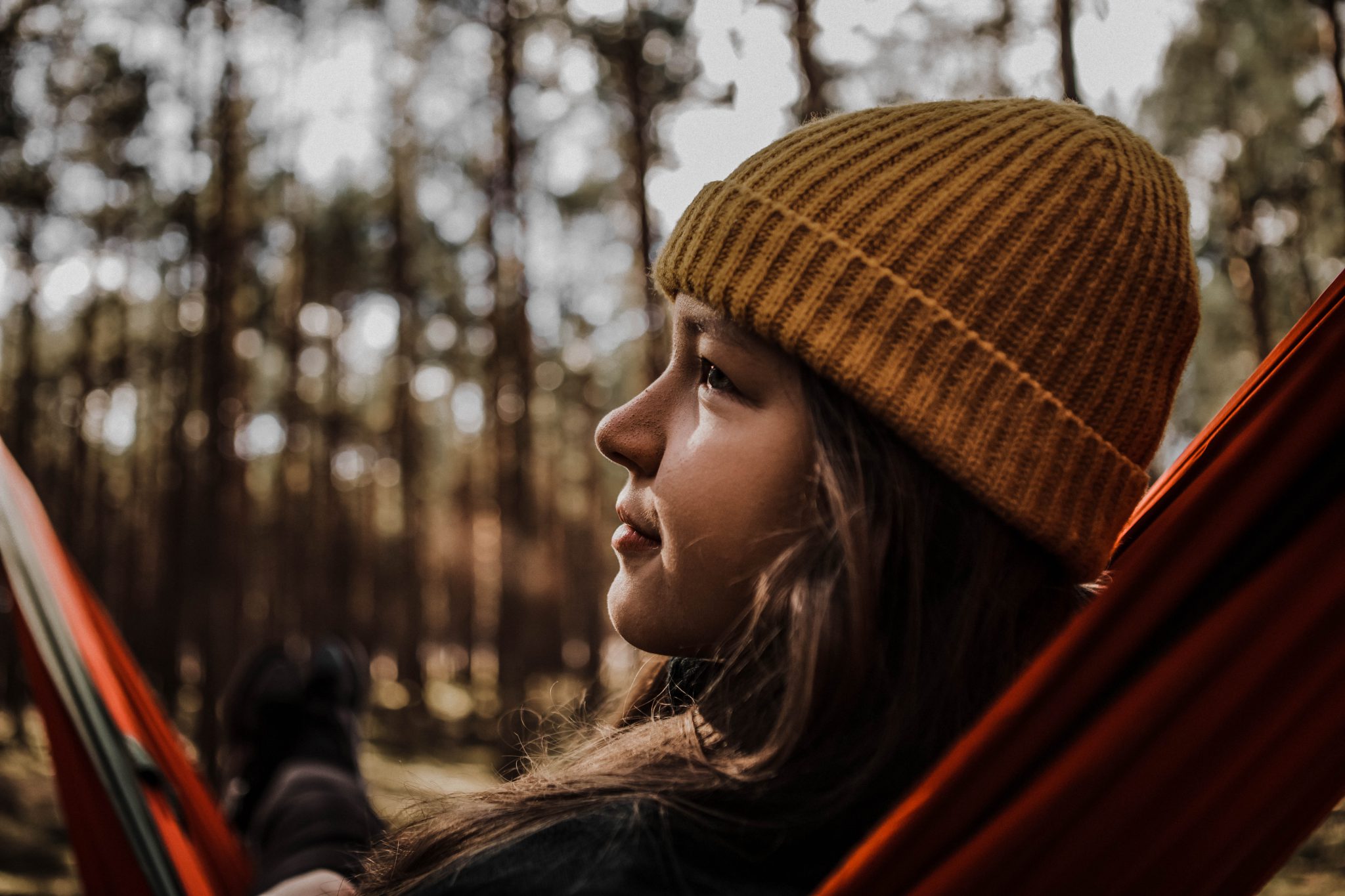
RELATED – Guide to Buying a First Bow and Arrow for Kids
I couldn’t possibly discuss every exhaustive topic and how to implement the teachings into your family life in one blog post, but what I can do is explain the template of teaching and implementation that is supported through classical education models, curriculums worldwide, and my children’s own ease and response.
With this template, you’ll be able to contemplate your own lifestyle, rhythms, and passions, and find how your lives fit into the template to pivot toward an emergency preparedness focus. As we bring new family content online, you will also start to notice the repeating pattern of the template and find the inspiration and encouragement to get creative within your own four walls.
The template of teaching our children preparedness, according to what classical scholars call the trivium, happens in three simple steps: grammar, logic, and rhetoric. What does this mean?
It means that teaching must unfold in this chronological way. We have the freedom to teach using our own unique talents and skillsets, and we are not bound to a legalistic checklist, but children — no matter what age — will receive and retain best when we are following these steps.
RELATED – Of the Couch and Into Life: How to Get Your Kids Outdoors
Grammar
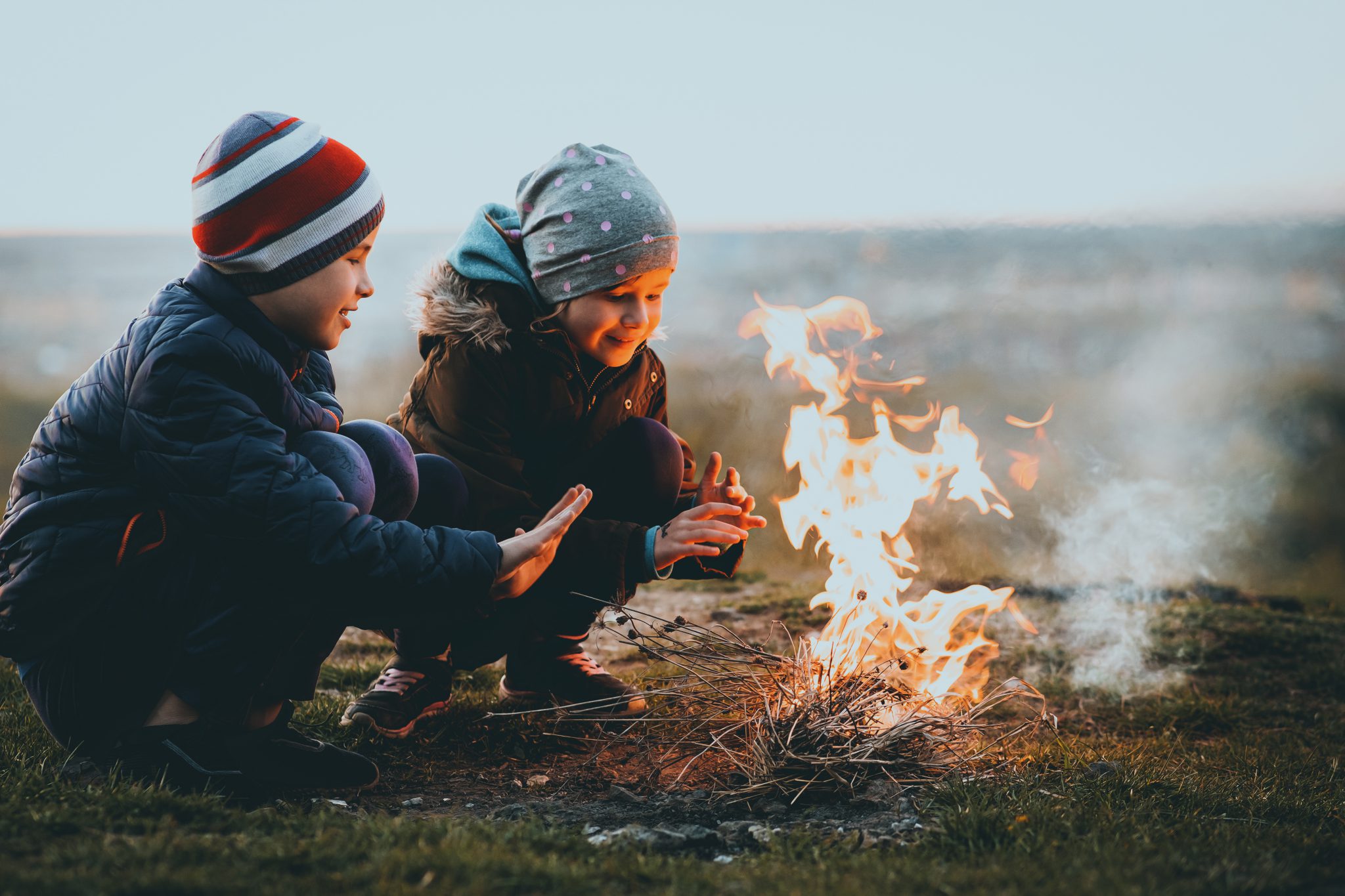
Here we have conversations with the child to discover what they know about our topic of choice (fire safety, water safety, situational awareness, etc.) This step lets us discover what the child already knows or has assumed about the world around them. It gives us an understanding of how tender their knowledge might be around a certain topic. It also gives us an opportunity to clear up any misunderstandings that may have formed in their minds.
In this stage of teaching, we also introduce them to words or concepts that pertain to a given subject. You may need to use photos or videos to solidify certain components, sometimes a field trip or a walk outside may be useful as well depending on the topic. Sometimes we use rhymes or riddles to help them retain helpful information (think: Stop, drop, and roll).
Logic
In this stage of teaching, we move into a more thorough conversation using the “memory pegs” developed from the words and explanations you taught them in the grammar stage. Here is where you really dive deep and get your hands dirty with the topic at hand.
Rhetoric
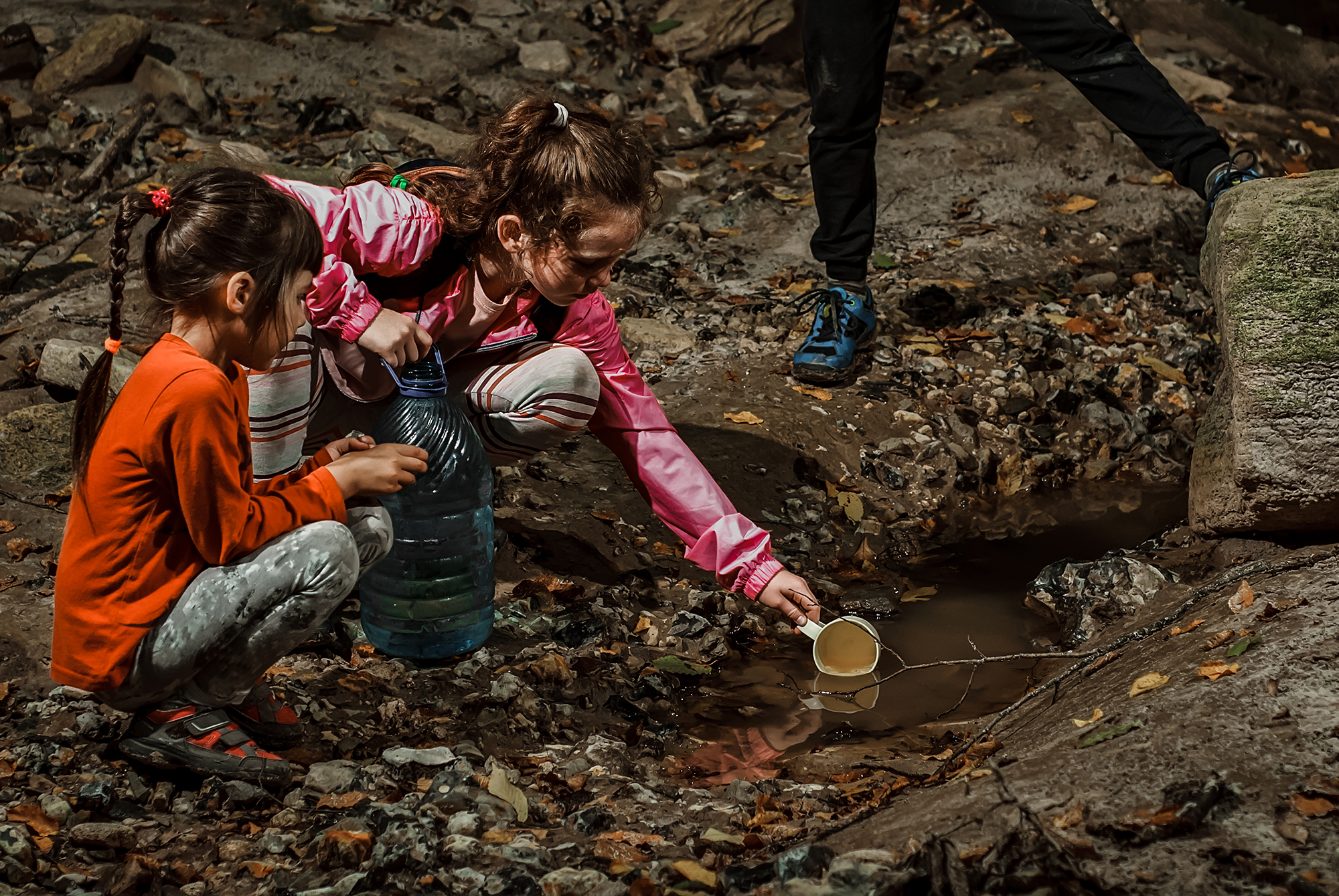
This stage is where your child communicates back to you that they have an understanding of the topic. This can happen through the physical act of carrying out whatever you’ve been teaching, but it can be helpful to have them verbally explain the why behind what they are doing. They’ll also be able to teach others the concept at this point and reinforce their own understanding by doing so.
Sometimes children reach this stage within minutes of being shown something, and sometimes it may take days, weeks, months, or even years before they have the mental or even physical competency to fully reach proficiency.
The most important thing here is that I want you to understand that you don’t have to be a scholar of learning or an expert on the brain of a child. You don’t even need to memorize the three words that I listed above. You simply need the willingness to passionately understand your children, their natural inclinations, and then plug your teachings into this simple template of learning to ensure that they aren’t just learning for a moment, but rather for a lifetime
To help you fully understand how you would put this approach into practice in your home, let me give you an example and walk you through each stage of the learning process.
Imagine we are teaching a young child how to cross the street safely. We would first begin by asking him what he thinks a street is and where he sees streets. We may even take him on a walk around a more urban area to get him up close to a street where he will be able to practice.
You would also make sure he knows what a vehicle is, what a stop sign looks like, which direction is left and which is right, what a stoplight looks like, what a crosswalk looks like, what the colors of a stoplight or pedestrian walking light mean. I also include the senses in whatever teachings I can, and it’s an excellent way to work on expanding the foundation of preparedness into as many parts of our life as possible.

I would even go so far as to explain that the rules of the road are laws enforced by the police officers (you’ll see why in a minute) and that they are meant to keep everyone safe. You may sing a little riddle that teaches the meaning of the stoplight like, “green means go, yellow means slow, red means STOP!”
This is the grammar stage. While being near a road during the main teaching moment would be helpful, these questions can happen in the car as you’re driving around town. The unfolding of the grammar stage doesn’t necessarily need to fit into a set time frame but can happen slowly as the moment inspires and you choose to bring up the topic. This is what I mean when I say something is an “organic” part of our lives. Over time you’ll have discussed enough of the words and understanding of concepts that the children will be more than ready to move into the more specific learnings of crossing the road safely — and much more.
Now in the logic stage, you’ll explain that when you reach a road that you have to cross, you stop and look left and right to make sure no vehicles are coming before you cross. You’ll practice on a crosswalk if you can, and when you encounter a town with a pedestrian crossing light, you’ll teach them how to operate it and wait for the walking icon to cross safely.
You’ll also want to explain that sometimes people don’t follow the laws and may not stop when they should, so it’s our job to do our very best to keep our bodies safe by using senses like our sight and hearing to keep us safe. Have a conversation about what sights and sounds are helpful here. The reason you are able to teach this concept more fluidly is that the child was able to attach your teachings to the memory pegs of the grammar that you gave them in the first stage.

RELATED – Deadliest Spiders in the US: Black Widow Versus Brown Recluse
Next, you’ll have them explain to you things like why being cautious at roads is important and why stop lights work the way they do. They may be able to teach someone else, like a friend or sibling, how to be safe when crossing roads. This is where they prove to you that they have zoomed out from the specifics of “crossing a road safely” and can piece together the puzzle of how there is a much larger picture of preparedness involved. This is the rhetoric stage.
Whether you consider yourself a creative person or not, the nature of fitting your own personal styles into your teaching is necessary for the success of your own family, and for finding your own joy and fulfillment in the process. I personally love to look for teaching opportunities, depending on what it is we find ourselves involved in. You may find yourself compelled to teach more water safety as summer months approach or focus more on stranger danger before a weekend visit out of town.
Sometimes you may feel the need to create a more thought-out lesson where you plan the different stages of the lesson and what you want to include with each step. Other times you may feel compelled to teach a lesson on preparedness in the moment, with lots of organic conversation flowing back and forth between you and your children.
You may teach lessons on your own or involve your spouse and your entire family (sometimes even extended family) in the process. You may find it fun to link arms with a friend who shares the same mindset as you and turn a playdate or an adventure into an opportunity to learn as a group.
You’ll find that the pedagogy of preparedness in your life will never look the same, it will never fit into a box, and it will constantly shift and evolve just as you do. It is a living, breathing part of your life and before long you’ll find yourself implementing emergency preparedness-oriented games and lessons without even realizing it.
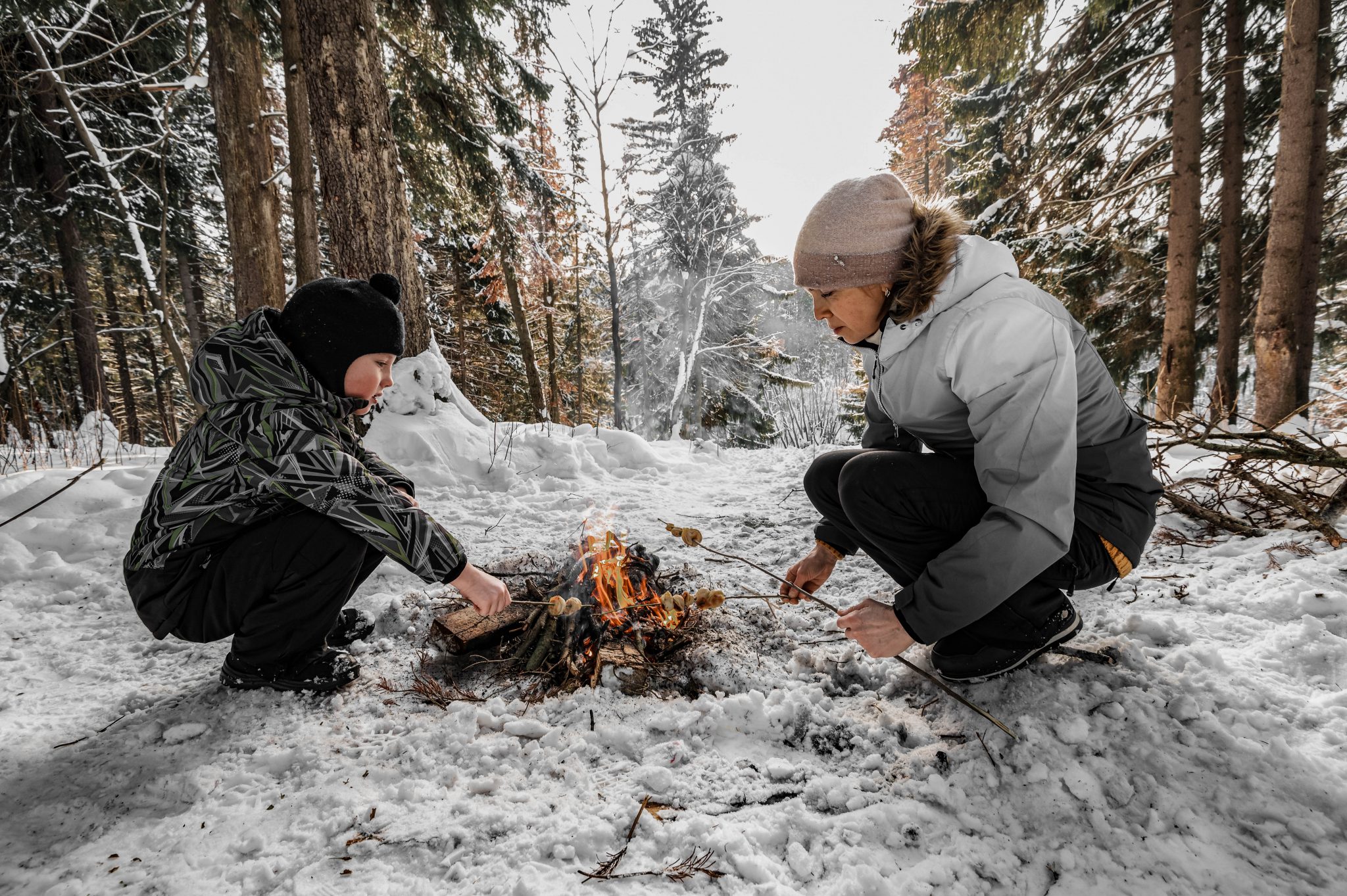
I encourage you to set aside any and all hindrances that have kept you from the rich and rewarding experience and life that is family preparedness. Know that although there may be subject matter experts on the teachings, you are the expert in your family. You have the greatest value as the protectors and nurturers of your children, and the reward of learning alongside one another will run much deeper than basic skill sets.
The more time you spend in intentional togetherness, the more you will learn about one another, respect and admiration will follow, conversations will flow more fluidly, and your delight for what your family is cultivating will abound. While some emergency preparedness skills require specific and focused teaching, most mindset topics can be easily discussed in the recesses of life — while driving, on walks, fixing puzzles, or snuggling at bedtime.
In many instances we aren’t teaching them to “do things” but rather to “think of things” or “see things” through that preparedness lens. They’re doing the thinking and the seeing; you’re doing the encouraging and helping them to focus from a different angle.
We can’t wait to watch you grow and thrive together. You’ll find that simply starting can sometimes seem like the most daunting task, but you have all of the tools you need in your love for your family, your zeal for preparedness, and the ease of our template for teaching that begins with the most simple of things — your words.
This content was originally posted by Fieldcraft Survival in March 2021.
READ NEXT – Good in the Woods: Surviving the Wild With Laura Zerra

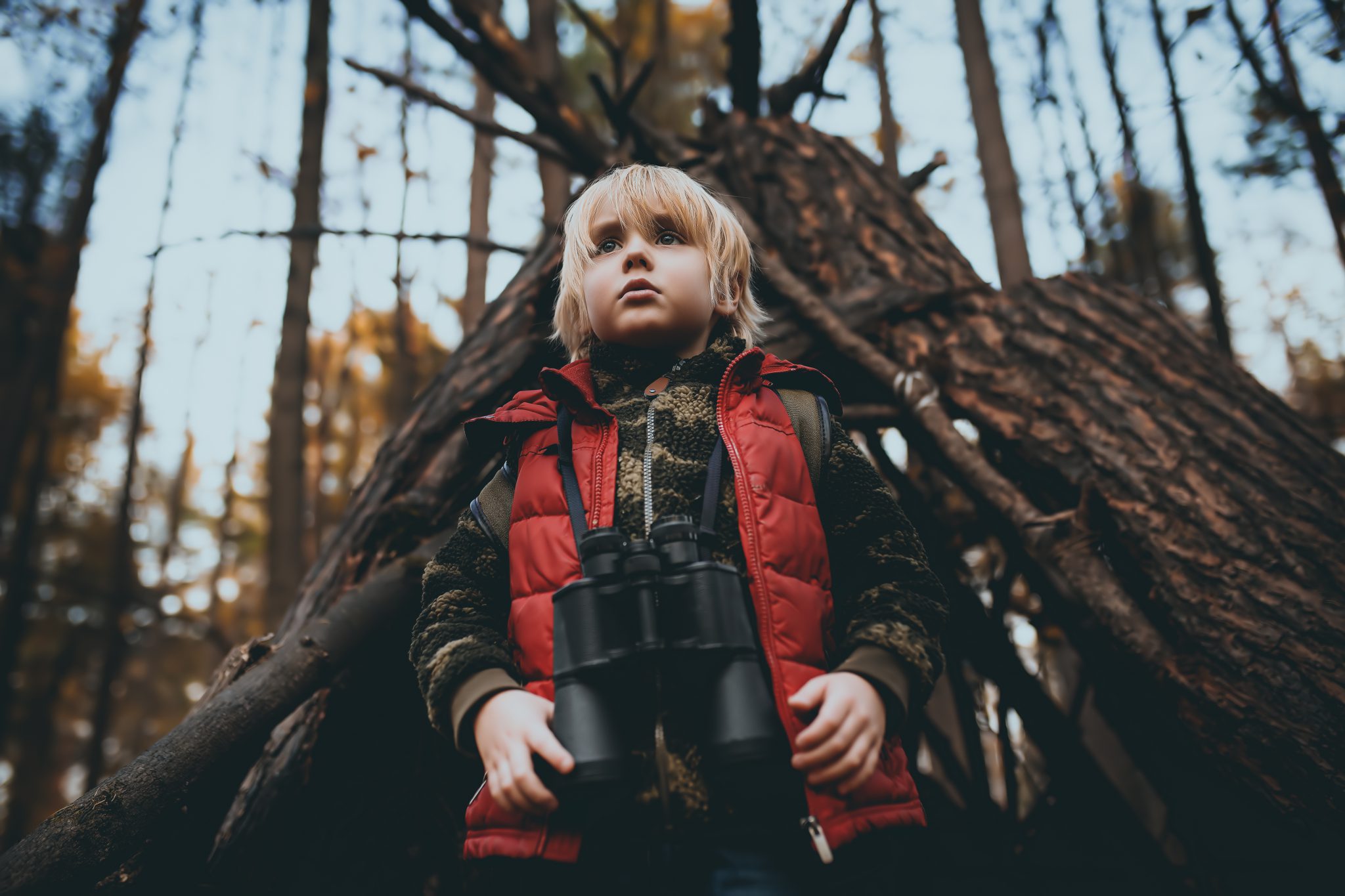



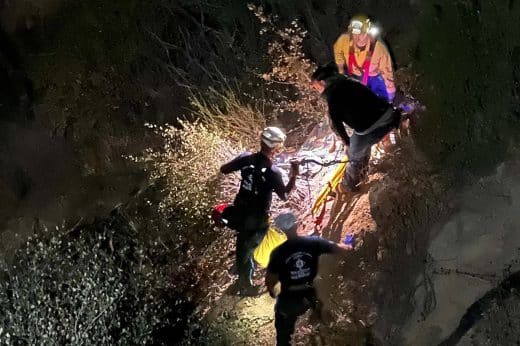


Comments